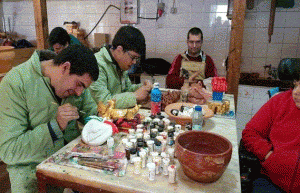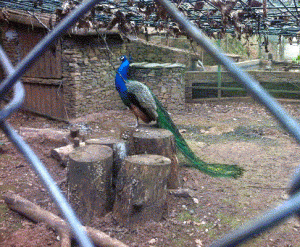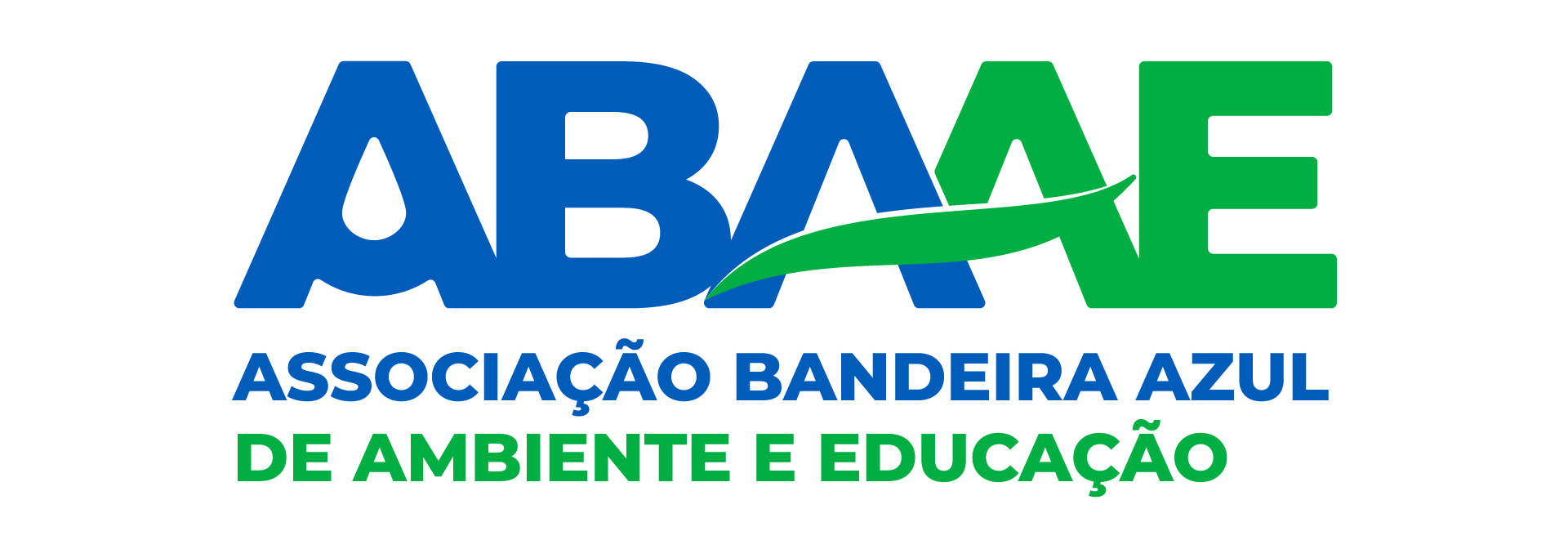The ADPF Foundation develops an innovative project in that combines social and environmental values.
ADPF Foundation

Handicapped people working
The ADPF Foundation (Association For Development And Professional Training) is a non-profit organization, funded by its activities and providing services to the State. An old farmhouse was renewed and the Quinta da Paiva was born.
In 1997 the Biological Park was created. Initially with the goal of providing employment opportunities for people with disabilities and long-term unemployed one. The Foundation seeks to integrate these people by giving them the opportunity to perform useful work, because it not only acts in the environmental area but also in social area, especially in supporting people with special needs. This organization also promotes local development, heritage preservation and social equality.
Quinta da Paiva
Initially, the “New” Quinta da Paiva was formed by a farm and a horse riding center, followed by an educational farm with different species of animals. Nowadays it includes: the Museum of Cooperage, the Eco-Museum, the Biological Park and the Mind Space.

Captivated peacock
We can find a yard which is maintained by needy people, there is a fruit trees maze, a rose garden, and many species of wildlife captivated, like: European lynx, deer, wild boar, wolves, birds, fishes and so many others. Actually visitors are fascinated with such diversity of species.
Recently opened, the Mind Space presents the evolution of man throughout history, theirs activities and the path to reach the meaning of life. This space values the technology and wants to present how humanity has evolved, and reflect on issues such as freedom and life. It follows the principle of Trivium: body, mind and spirit. The body is represented by the Biological Park, the Mind by the Mind Space and the Spirit by a Temple which is not built yet.
At Quinta da Paiva there are about 70 workers among which 40 work in handicrafts, weaving, shoe store, pottery, glass and baskets. The others are responsible to maintain the biological park. Disable people (about 70% of the workers) benefit from the contact with Nature.
In average, per year, the park receives 30 thousand visitors. People are more and more interested about this kind of experiences. The uniqueness of this project, as it mixes social integration with environmental care, has brought to it many good critics and prizes. Nevertheless the foundation has also received some bad criticism. In fact, the animals’ shelters are small and quite different from their natural habitats. The services provided could be improved. Some guides and maps were needed to explore in a better way the yard.
In conclusion we can highlight the conservation, preserving and social integration characteristics of this project. As humans we can always improve because we were left a legacy but we do have to leave a bigger and a better one to the future generations.
Grupo 1: Filipa, Klio, Sara, Sharad

